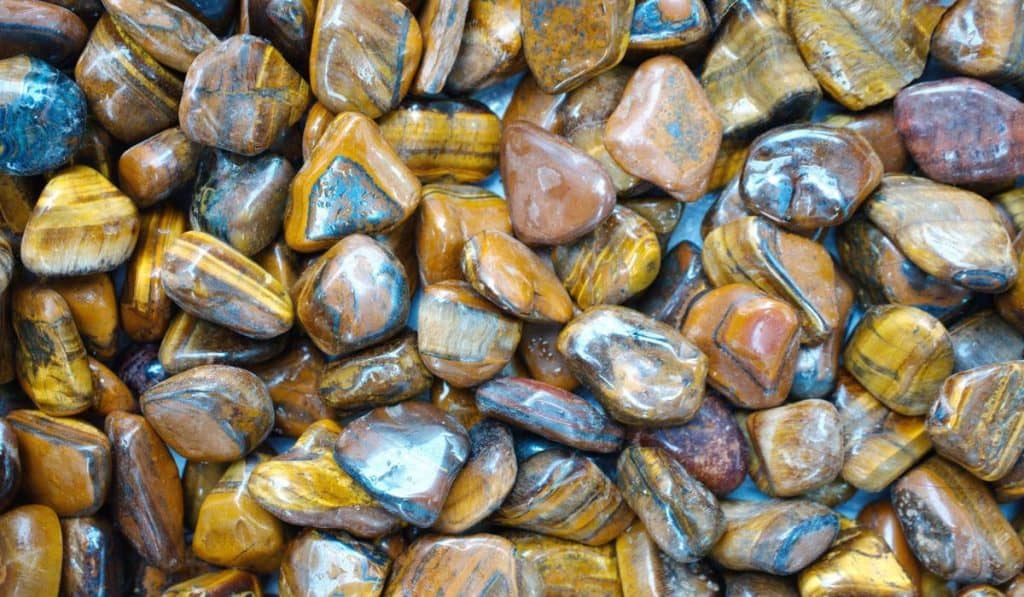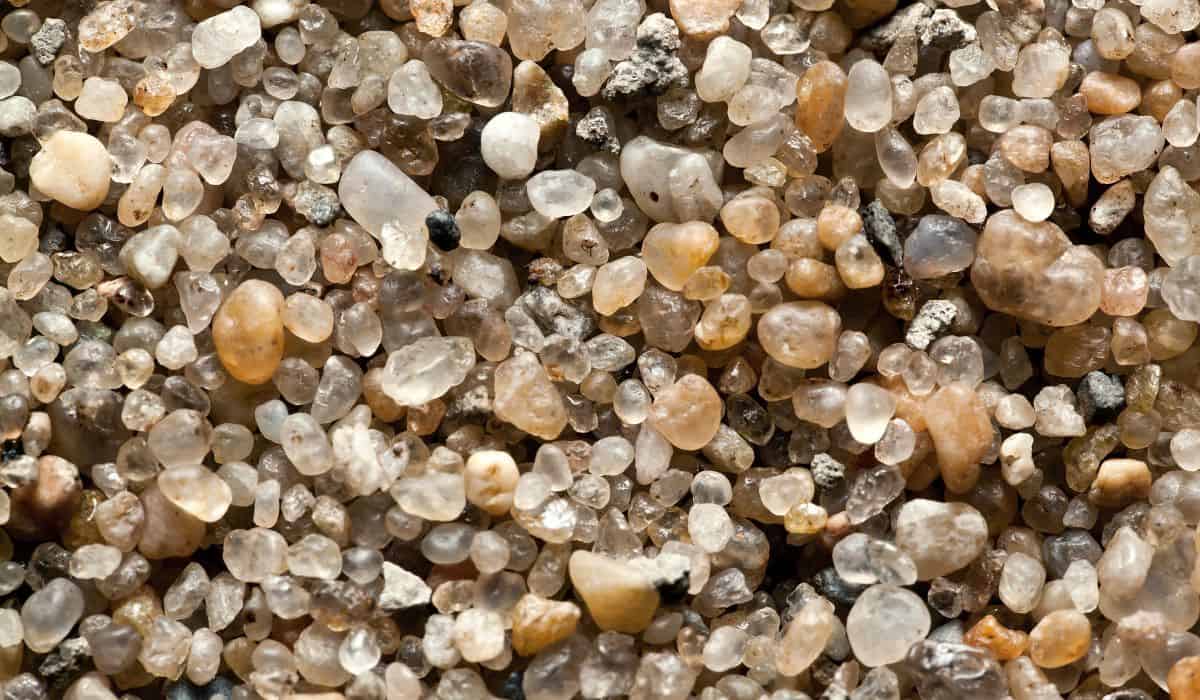Sand cannot in fact be used in a rock tumbler; not to any good, anyway! This is because sand is much too soft. It’s softer than the rocks that you can polish, so it won’t be able to abrade them properly.
In fact, it’s more likely that the sand will fall apart itself.
It’s true that sand can smooth rocks in a lake or river, but this takes many, many years. Who has that kind of time? Grit is absolutely key to speeding that process along in your rock tumbler!

Why Can’t You Use Sand in a Rock Tumbler?
As to why you can’t use sand in a rock tumbler, there’s a simple answer: it simply won’t work! Sand is not sufficiently hard enough or uniform to polish rocks successfully. Why?
Most rocks are harder than sand and will break it down, instead of becoming polished themselves. Not only that, but any polishing the sand might do will be uneven, resulting in an inferior polish and luster.
The same goes for sand or gravel. In fact, gravel will simply scratch the rocks as it falls apart itself.
Why is Grit Your Best Choice for Rock Tumbling?
Unlike sand, which is the accumulation of various, weather-softened sediments, grit is made up of an ultra-hard synthetic material called silicon carbide. This can tumble nearly any rock; on the Mohs hardness scale, it can polish rocks up to a hardness of 7!
Because it is man-made, silicon carbide grit is also unnaturally uniform, making for an exceptional polish and luster.
This being said, no one type of grit will polish the rocks entirely. You will need a few different grits, from rougher to finer. So, what types of grit are there?
What is the Mohs Hardness Scale?
To explain why sand just won’t cut it, here’s a brief introduction to the Mohs hardness scale. As its name implies, this rates the hardness of rocks.
To tumble successfully, rocks must have a Moh rating of 4-7, no more, no less (with some rare exceptions).
Sand has a Moh rating of just 2-3, making it much too soft to polish anything quickly. After all, it takes years in the constant motion and water in a river.
Grit is an absolute necessity for the speed and effectiveness of a rock tumbler!

What Types of Grit Are There?
Rock tumbling grit is rated by microns, and most grits are 3-7 microns, from rougher to finer.
In order to get the best shine and finish to your rocks, you will need to tumble them with four different grits, one after the other: coarse, medium-fine, fine, and ultra-fine.
Many also like to tumble the rocks with a nice rock polish, such as TXP aluminum oxide, to finish off.
What Are the Steps to Using Grit to Tumble Rocks?
Using a rock tumbler is easy: all that you do is select some likely rocks and place them in the tumbler, along with the proper amount of grit, and water. You’ll need to start with a rougher grit and work up, however!
Step 1: Coarse (60/90-grit)
First, we have coarse grit, also known as 3-micron or 60/90 grit. This is extremely abrasive, with large granules that are designed to wear away major imperfections, such as bumps, pits, and so on. This is what gives the rocks their aesthetically round shape.
If you skip this step, you’ll be left with misshapen rocks and a flawed polish. Instead, allow the coarse grit to tumble the rocks for a few days to a week (keeping an eye on them).
A word of warning: checking on the rocks occasionally is strongly recommended, especially at this part of the process. Otherwise, the grit may wear more of the rocks away than you intended, or even cause softer ones to crack and break!
Step 2: Medium-Fine (150/220-grit)
Next, replace the grit in your tumbler with a medium-fine grit of 4 or 150/220. This will take care of smaller, yet still noticeable bumps, pits, and other undesirables.
Once again, if you move onto a fine-grit without first using a medium-fine one, some imperfections will be leftover!
Once the rocks have tumbled with a medium-fine grit for a few days to a week, they should be starting to look very rounded and smooth: like lovely river rocks you might find, and all they’re missing now is a final, fine grit-tumble and a polish for maximum shine and luster.
Step 3: Fine (500-grit)
A fine grit of 5-6 microns will serve to polish the rocks silky-smooth; smoother than any river stone you might find!
At this point, each rock should resemble a small, shiny jewel. What’s left?
Step 4: Polish
Finally, we have the optional last step: rock polish, or TXP aluminum oxide.
This will give your tumbled rocks and incomparable sheen, giving them an exceptional look that’s truly perfect for both jewelry and decor!
Conclusion
As you can see, when it comes to choosing between sand and grit for rock tumbling, the answer is clear: not only is grit harder and more abrasive, but there are also different textures to choose from (coarse to fine).




